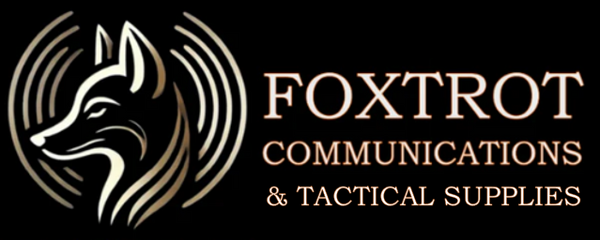
Analogue vs Digital Two-Way Radios: What Should You Choose?
Share
So let’s cut through the noise. Whether you're running a worksite, managing an event, or just want reliable communication, this guide will help you decide: Analogue or Digital?
First Up: What’s the Difference?
🔊 Analogue Radios
These are the traditional walkie-talkies many of us grew up with. Simple, reliable, and straight to the point. They transmit voice using radio waves — no fancy tech.
📡 Digital Radios
These are the new kids on the block. They turn your voice into a digital signal, which means better sound quality, more features, and often, more bang for your buck long-term.
Why Choose Analogue?
Even though digital is more advanced, analogue still has its strengths, especially if you're after:
✅ Simplicity – Push to talk. That’s it. No menus, no settings.
✅ Lower upfront cost – Analogue radios are often cheaper to buy.
✅ Great for smaller teams – If you're only using a couple of radios over a small area, analogue can do the job just fine.
📍 Best for: Basic communication on small sites, farms, events, or for casual users.
Why Go Digital?
Digital radios are like upgrading from a flip phone to a smartphone — once you’ve tried them, it’s hard to go back.
✅ Clearer audio – Even in noisy or fringe areas
✅ Longer battery life – Digital signals use less power
✅ More features – Text messaging, GPS tracking, private/group calling, emergency alerts, and more
✅ Better coverage – Digital radios often reach further with more clarity
✅ Future-proofing – Newer systems are all heading this way
📍 Best for: Businesses, security teams, construction, emergency services, and anyone who needs reliable comms over distance or in tough environments.
Let’s Compare Side-by-Side
| Feature | Analogue | Digital |
|---|---|---|
| Sound Quality | Can get static/noisy | Crisp & clear |
| Range | Shorter, fuzzier edge | Longer with consistent audio |
| Battery Life | Standard | Up to 40% longer |
| Features | Basic (voice only) | Advanced (text, GPS, etc.) |
| Ease of Use | Very simple | Slightly more learning curve |
| Cost | Lower upfront | Higher upfront, better value |
| Future Support | Phasing out slowly | The industry standard |
So, Which Should You Choose?
Here’s a quick cheat sheet:
-
👉 Go Analogue if:
You need basic, low-cost radios for a small area and simple voice chat. -
👉 Go Digital if:
You want better sound, longer range, more features, and something that will last as tech evolves.
Final Thoughts
There’s no one-size-fits-all answer — but here’s the good news: We can help you decide. Whether you're after a few simple radios for the farm or a full digital system for your worksite or team, we’ve got you covered.
Need Some Advice - Contact us today and let’s get you talking — loud and clear.

